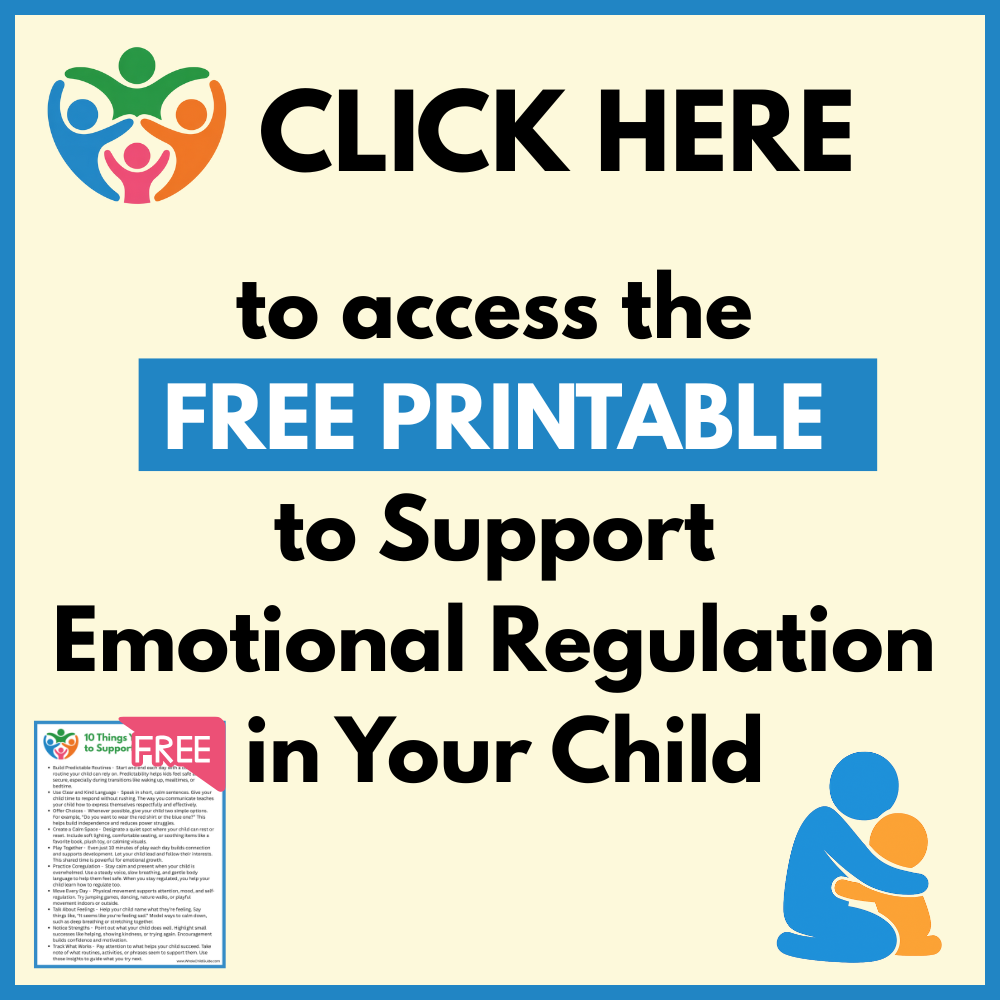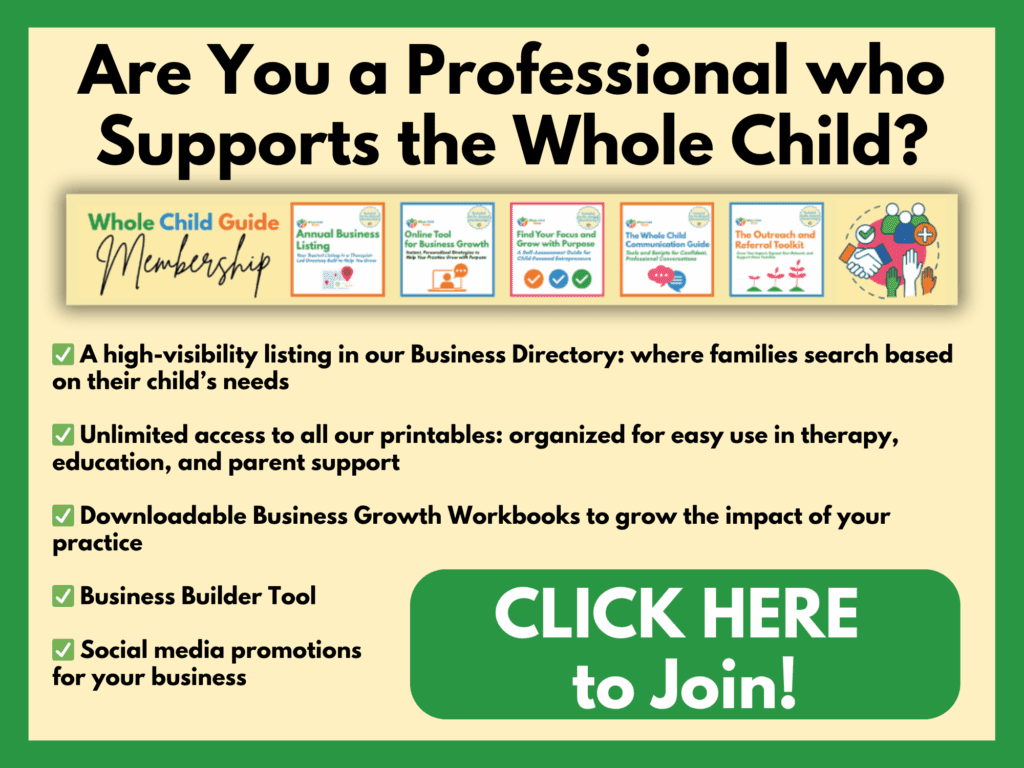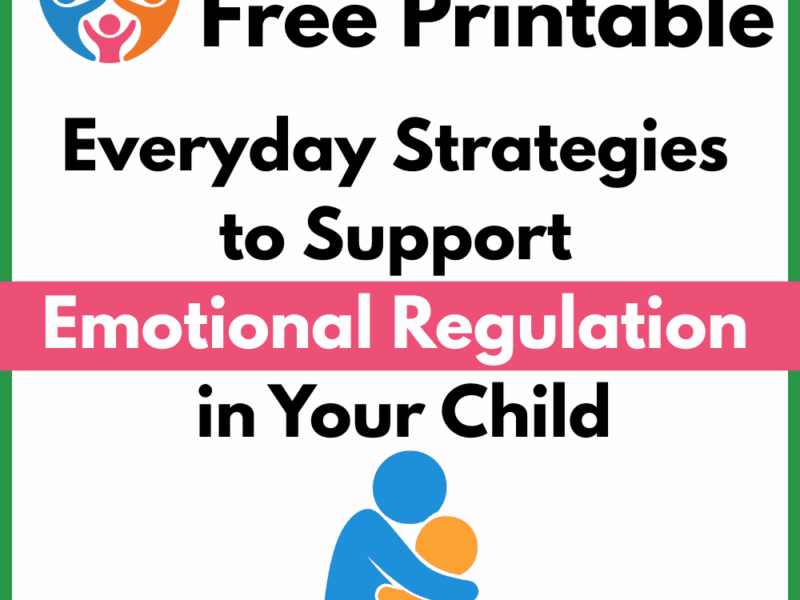
As parents, we’re juggling meals, laundry, school drop-off, and bedtime routines. Even with those busy schedules, we have the random thoughts of whether or not we’re “doing enough” to support our child’s development. But here’s the good news: you don’t need fancy tools or special programs to help your child grow. It starts right in your everyday routines.
In this post, we’re focusing on one key area of child development: behavior, and we have some everyday tasks you can do with your child that support the development of skills related to behaviors.
This post is part of our series on Parenting Support, guiding you through easy, real-life routines that nurture your child’s development across ten key areas of development. Today’s focus: emotional regulation and behaviors.
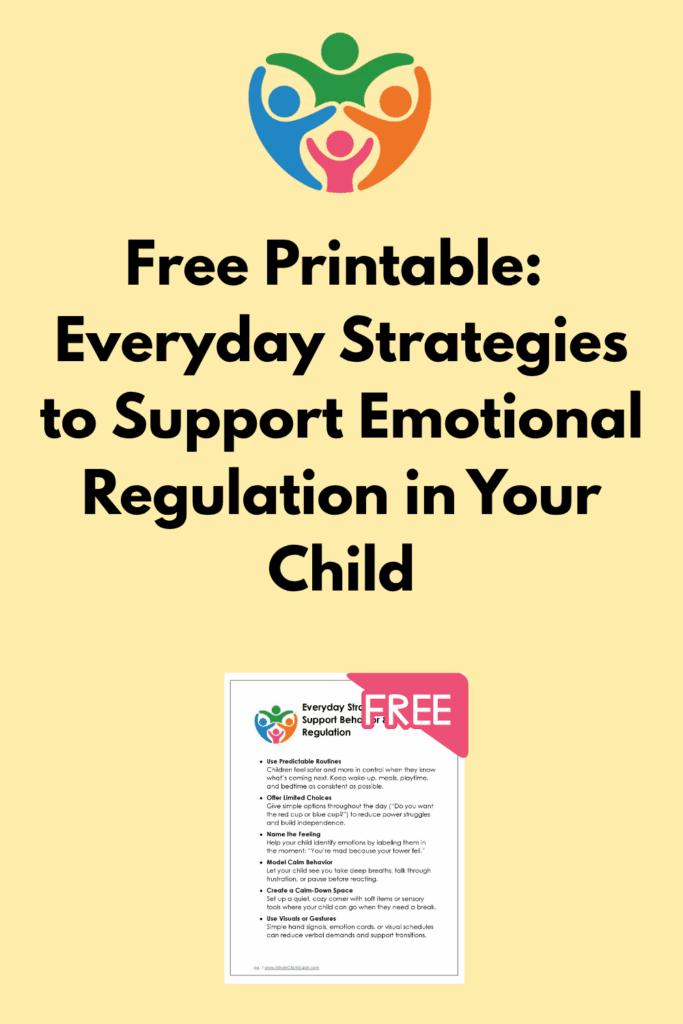
Behavior is often the outward expression of something deeper: emotion regulation, sensory needs, communication struggles, or difficulty transitioning. The great news is that simple adjustments to daily routines can make a big difference in how your child manages and expresses their behavior throughout the day.
Why Daily Routines Matter for Behavior
Children thrive on structure, predictability, and connection. When routines are consistent and supportive, they:
✅ Feel safer and more secure
✅ Know what to expect (and what’s expected of them)
✅ Build confidence and independence
✅ Learn how to manage big feelings
Routines also give us opportunities to model, teach, and practice the skills behind positive behavior; like waiting, sharing, calming down, and expressing needs.
These don’t require major changes or complicated charts, more likely it’s just intentional moments woven into what you’re already doing.
Everyday Moments That Shape Behavior
Here are just a few daily routines that hold power when it comes to supporting behavior:
- Mealtime: Encouraging communication, turn-taking, and positive attention
- Playtime: Modeling flexible thinking, sharing, and social interaction
- Bedtime: Creating predictability and a calm environment that reduces evening meltdowns
- Transitions: Helping your child learn how to shift gears without stress
- Morning routine: Setting the tone with visual supports, encouragement, and autonomy
Each of these moments can become a teachable opportunity — not through lectures or discipline, but through connection and consistency.
Strategies:
Let’s cover a few of the strategies that support emotional regulation skills…and the resulting actions, or behaviors that we see.
1. Use Predictable Routines
Why it helps:
Predictability is one of the most powerful tools you can offer a child when it comes to emotional regulation. Young children often experience the world as unpredictable and overwhelming and when they don’t know what’s coming next, their nervous system can go into fight, flight, or freeze mode.
How to use it:
Structure the day around consistent anchor points with reliable wake-up time, meals, play, rest, and bedtime. Even if the details change, keeping the flow predictable gives your child a sense of safety and stability. When kids feel safe, they’re better able to stay calm, cooperate, and manage their feelings.
Bonus tip:
Use visual schedules, verbal reminders, or transition songs to cue what’s next. This reduces anxiety and gives your child more time to mentally prepare for the shift.
2. Offer Limited Choices
Why it helps:
Children crave independence, but too much freedom can be overwhelming and too little can feel like a loss of control. Offering limited, structured choices helps kids practice decision-making while still feeling emotionally secure.
How to use it:
Give your child small choices throughout the day that are within your comfort zone:
“Do you want to wear the red shirt or the blue one?”
“Would you like to brush your teeth now or after pajamas?”
This avoids power struggles by sharing control in a safe way. It also helps kids practice self-regulation skills like delaying gratification, negotiating, and accepting limits.
Bonus tip:
Avoid open-ended choices for young kids (“What do you want to eat?”). This can lead to overwhelm and frustration. Two or three clear options is enough.
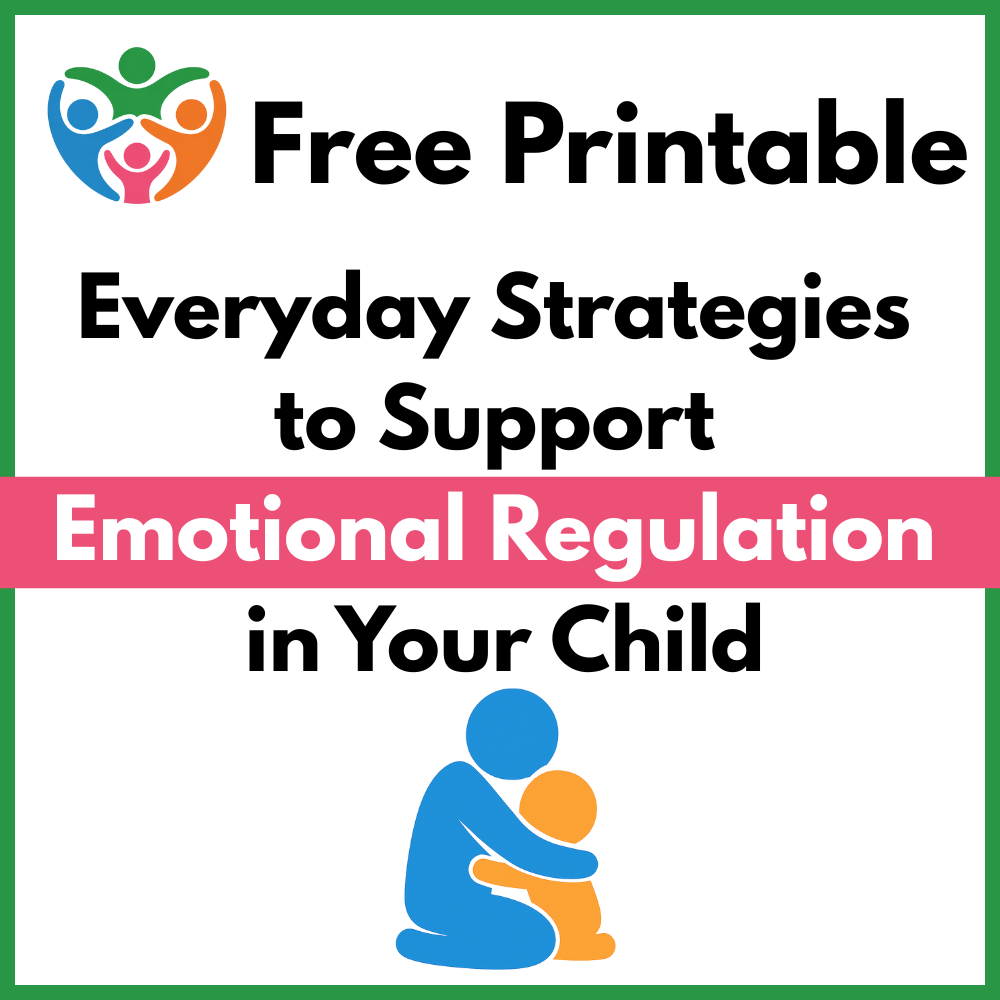
3. Name the Feeling
Why it helps:
Emotional regulation begins with emotional awareness and most children need our help to learn what they’re feeling. When you name emotions in the moment, you’re building your child’s internal vocabulary for self-regulation.
How to use it:
Label your child’s feelings with simple language:
“You’re sad because your toy broke.”
“You feel frustrated. It’s hard when things don’t go your way.”
“You’re excited to see Grandma!”
This validates their experience and helps them start to connect sensations in their body with emotional labels. Over time, this builds the foundation for coping strategies like asking for help, taking a break, or using calming tools.
Bonus tip:
Model it for yourself, too! Say things like “I feel a little stressed, so I’m going to take a deep breath.” Kids learn by watching what you do.
Want more ways to support this skill in everyday tasks? We have a list on a printable page that you can use as a quick reminder, in carryover when working with your child’s teacher or team, and as a handout for helping others better understand your child’s specific needs. Get it below.
Get the Free Printable:
We’ve created a free download called “Everyday Strategies to Support Behavior & Emotional Regulation” with one full page of strategies dedicated to the underlying emotional regulation needs that impact actions or behavior and others for areas like sensory, motor, language, and emotional development.
Click the image below to get the printable.
Want them all in one easy-to-use, printable pack (great for clinicians too)?
Our full set will be available soon in the Whole Child Guide store! Stay tuned.
Supporting Behavior Through the Whole Child Lens
At Whole Child Guide, we know that behavior is never just behavior. It’s communication. It’s unmet needs. It’s skill gaps.
That’s why we encourage a whole-child approach, one that looks at emotional regulation, sensory processing, motor development, and communication together.
Start small. Start with what you already do.
And trust that everyday moments are more powerful than you think.

